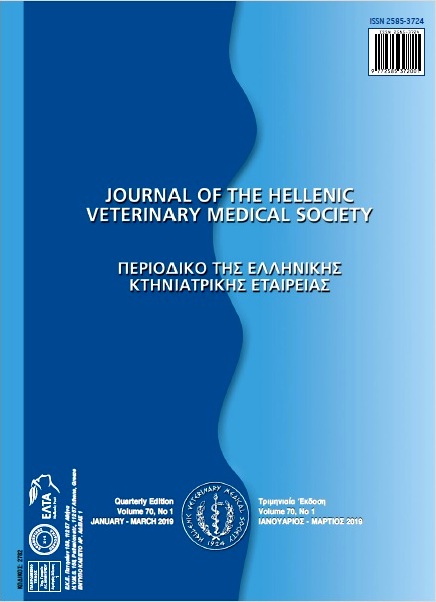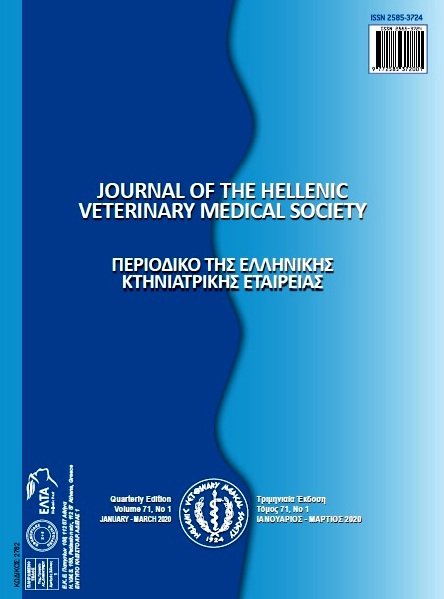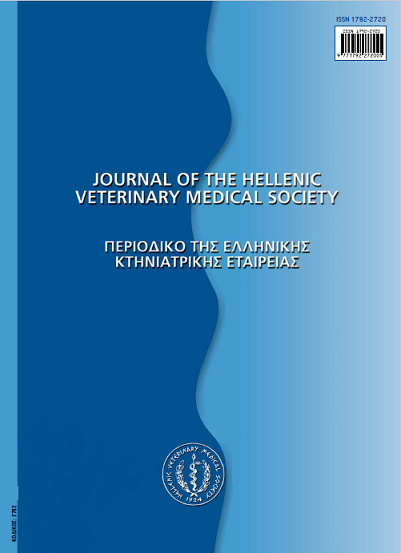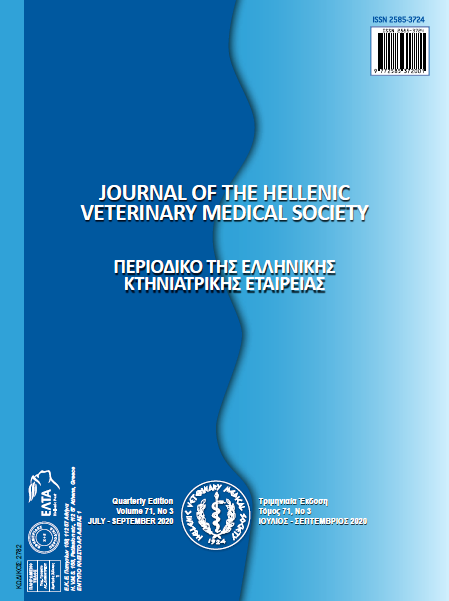Toxoplasma gondii in sheep and goat livers: Risks for human consumption
Résumé
Toxoplasmosis is one of the most important zoonotic diseases worldwide and is caused by the protozoan Toxoplasma gondii. Besides vertical transmission during pregnancy, humans can become infected post-natally either by oral uptake of sporulated Toxoplasma oocysts or through ingestion of tissue cysts upon consumption of raw or undercooked meat. The aim of this study was to approximate the risk of human infection via liver consumption by estimating the seroprevalence and molecular prevalence of T. gondii in slaughtered sheep and goats in Iran. In the present study, livers from 150 sheep and 150 goats were collected at slaughter. In- house enzyme-linked immunosorbent assay was performed in T. gondii liver juice. Parasite-specific polymerase chain reaction was carried out on all samples obtained from liver tissues. Antibodies against T. gondii were detected by in-house ELISA in 32.6% sheep and 48% goat livers and 8% and 11.3% of sheep and goat livers were positive for the presence of T. gondii DNA, respectively. The results of this study provide baseline information on the presence of T. gondii in sheep and goats livers and imply an important human health and hygienic risk associated with the consumption of raw or undercooked liver from these animal species.
Article Details
- Comment citer
-
BAHRAMI, S., ZAREI, M., GHORBANPOUR, M., & KARAMI, S. (2019). Toxoplasma gondii in sheep and goat livers: Risks for human consumption. Journal of the Hellenic Veterinary Medical Society, 70(1), 1387–1392. https://doi.org/10.12681/jhvms.20344
- Numéro
- Vol. 70 No 1 (2019)
- Rubrique
- Research Articles

Ce travail est disponible sous licence Creative Commons Attribution - Pas d’Utilisation Commerciale 4.0 International.
Authors who publish with this journal agree to the following terms:
· Authors retain copyright and grant the journal right of first publication with the work simultaneously licensed under a Creative Commons Attribution Non-Commercial License that allows others to share the work with an acknowledgement of the work's authorship and initial publication in this journal.
· Authors are able to enter into separate, additional contractual arrangements for the non-exclusive distribution of the journal's published version of the work (e.g. post it to an institutional repository or publish it in a book), with an acknowledgement of its initial publication in this journal.
· Authors are permitted and encouraged to post their work online (preferably in institutional repositories or on their website) prior to and during the submission process, as it can lead to productive exchanges, as well as earlier and greater citation of published work.






